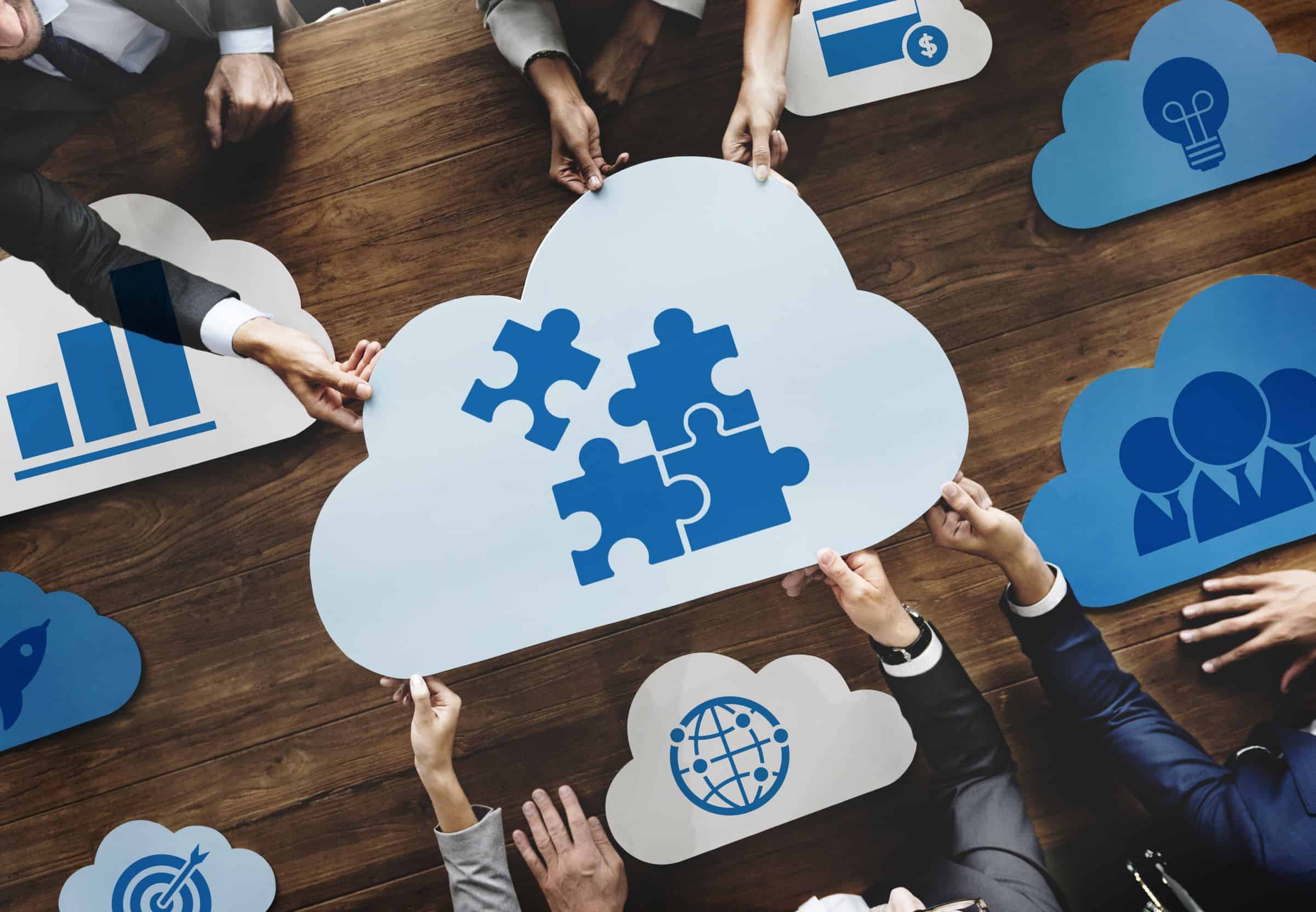Technical Debt: What Happens When an Asset Becomes a Liability?
Connectria
Author
Date
April 20, 2021

Technical debt is often used to refer to what happens in software development when choosing an easy solution, rather than taking the time when coding and designing business applications. The quick approach may be less expensive and solve the immediate problem, but it leaves the organization with fewer options down the road. They’re stuck with an application that can’t be updated without significant and time-consuming rework. Organizations can go for years lugging outdated applications behind them. Platforms with strong forward compatibility allow legacy applications to be moved from old equipment to newer equipment with very few modifications if any.
IBM Power Systems are an excellent example. The IBM Power Systems platform has been around since the late eighties. This robust platform offers a solid foundation for mission-critical applications and outstanding forward compatibility. Many of the applications architected for old IBM systems can run on the newer IBM i and IBM AIX operating systems with little to no modifications. It’s not surprising that so many enterprises remain loyal to the Power Systems platform.
The challenge is that the benefits of the IBM platform can become a liability to the organization due to the fact that they are never forced to upgrade to more modern applications. Instead, users can move their monolithic, and often heavily modified, business applications from one generation of hardware to the next, causing problems later down the road.
COVID Exposes the Tip of the Technical Debt Iceberg
Recently, many organizations have been forced to reexamine their laissez-faire attitude toward technical debt. When COVID-19 hit, companies that had implemented modern, cloud-native (or at least cloud-adapted) applications were able to easily and securely allow their employees to continue working from home. Others had to scramble to find workarounds to the problem and hope that these hastily implemented solutions didn’t compromise their system security. Take for example what Connectria’s team of experts provided SASRx ahead of the pandemic.
“If we [SASRx] had not completed our project with Connectria when we did, the applications and the infrastructure would not have been healthy enough to send our office and sales teams to work remotely. In hindsight, working with Connectria may have saved our business.” – Ashley Spicer, SASRx IT Director.
With vaccine rollouts continuing across the country, many are hopeful that the world can get back to business as usual later this year. Let’s hope that’s the case, but before we forget the lessons learned, this may be a good time to examine the long-term impact of technical debt on your organization. The challenges that COVID exposed are just the tip of the iceberg, and the technical debt you don’t see can keep your organization from reaching its objectives.
Types of Technical Debt
- Applications: We already mentioned the challenges many organizations had during COVID-19 due to mission-critical applications that weren’t architected for the cloud. But older applications can hold you back in other ways as well:
- Maintenance fees eat into budgets that could be used for more value-added initiatives.
- Lag time and performance issues hinder employee productivity and the customer experience.
- Organizations fall behind competitors when applications don’t provide the features and flexibility they need to keep up.
- Legacy applications don’t have the built-in security features they need to block the latest threats.
- Hardware: CPUs, storage devices, and networking equipment carry a similar cost of technical debt. Maintenance fees can be high, and at best, most hardware platforms have a lifespan of two to three years before they become noticeably obsolete. Organizations with outdated hardware aren’t as agile as those that take a more proactive approach to IT modernization.
- People: When assessing the cost of technical debt, you also need to think about how it is impacting your staffing. You may not be realizing the full potential of your IT employees if they’re more focused on the day-to-day management of your environment. Instead of innovating, they’re stuck in the break/fix cycle, a common byproduct of outdated equipment. There’s also the challenge of having to keep expensive full-time resources on staff when their expertise isn’t necessarily needed full-time. This is one of the reasons so many of our customers who use IBM Power Systems equipment in their business choose Connectria’s remote management services. They don’t have to deal with the challenges of retaining a full-time IBM i sysadmin, and we’re always there to make sure their equipment is performing as expected.
- Facilities: Perhaps the most expensive of all technical debt categories are the facilities you maintain to house equipment. If your on-premises data center has grown beyond the “rack of servers in the closet” stage, you need to budget for everything from facilities management, to security (cyber and physical), to power consumption. These costs add up quickly and can drown the organization in technical debt.
A Holistic Approach to Modernizing Your IT Infrastructure and Shedding Technical Debt
Connectria has been helping organizations modernize their IT infrastructure for more than two decades. Traditionally, we’ve focused on the infrastructure element, offering a wide variety of services such as cloud migration, managed hosting, remote management, and more. No managed service provider has more experience with the IBM Power Systems platform than we do.
Connectria has built powerful models that enable us to go into an organization, speak with the CIO and CFO, and really help them understand their unique TCO and learn how to build strong ROI. We do this by addressing the challenges affecting them right now. Technical debt is among many others from performance and speed to uptime and availability, security, compliance, and more. We review which challenges a given customer is facing in relation to their employee skillset and whether it makes sense for them to invest in a service like ourselves.
Direct assistance for application modernization was a service we had not previously offered. Now, Connectria has a selection of partners that can provide application modernization for our IBM i customers. Our partner relationships allow us to offer a holistic solution – a one-stop-shop – for organizations looking to modernize both the IT infrastructure and their applications. Interested in learning more? Set up a consultation with one of our advisors.
Keep Reading
Prepare for the future
Tell us about your current environment and we’ll show you the best path forward.
Fast track your project. Give us a call.





